YOU’VE finally taken the plunge and bought a kayak, and now the big question is: what do you really know about this sport?
Your answer is probably: “You just hop in and paddle.” And that is sort of true. The reality is, you are now the owner of a watercraft that is subject to the same rules as a boat and has limitations depending on the elements, kayak type and most of all, you! So with this in mind, let’s go through some of the basic things to consider in order to avoid ending up on the six o’clock news for all the wrong reasons.
The first thing you should do is invest in a decent life jacket that meets AS4758 and fits correctly. Life jackets are currently compulsory to wear for kayak safety in every state except Queensland. Regardless, you should always wear one, no matter where you are paddling. It only takes a split second for things to go pear shaped.
Familiarise yourself with your new kayak. The best way to do this is to take it down to calm, shallow water and have a paddle. Even though you are going to get wet, you need to find out at what point the kayak will tip and how to get back in, because at some point this could happen.
Be realistic about your kayak’s ability. I have people asking me if they can paddle a 2.8m kayak across several kilometres of Moreton Bay and then back again, with my standard response being “good luck”. Every kayak is different and they all have their limits, regardless of some of the sales pitches that get flung around.
Now we have that covered, it’s time to think about visibility. If you are going out early before sun-up, you will need an all-round white light at a minimum. During daylight hours, don’t assume everyone can see you just because the sun is out. If you are going to paddle in areas with boat traffic, it’s a good idea to be as visible as possible. A starting point is the colour of your kayak and life jacket. This can be complemented with a safety flag. The basic rule is the brighter the better.
It’s time to think about the weather and what to wear. A hat or cap is a given regardless of the season. We obviously need clothes and some perform better than others. Clothing types to avoid are wool and cotton.
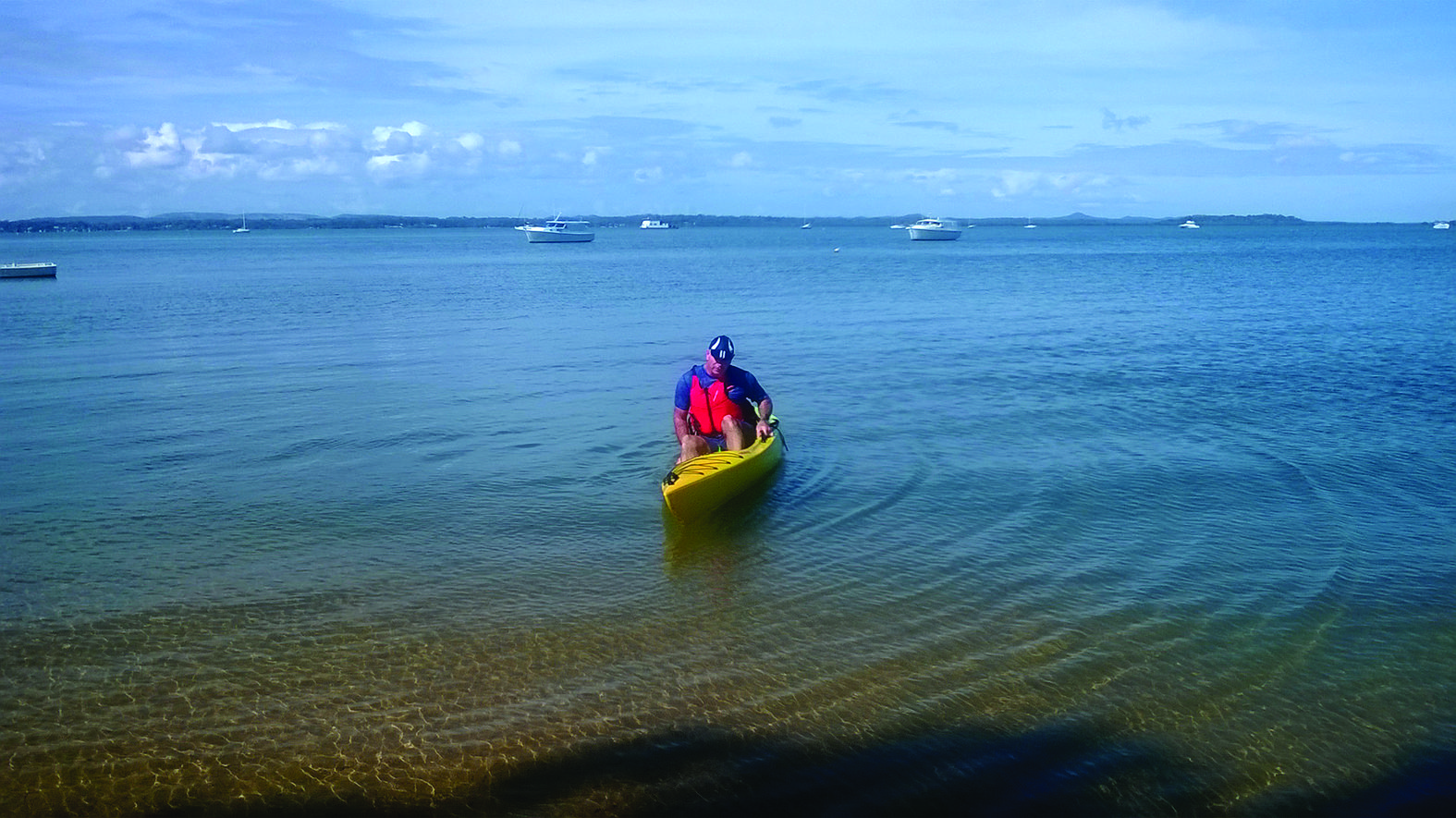
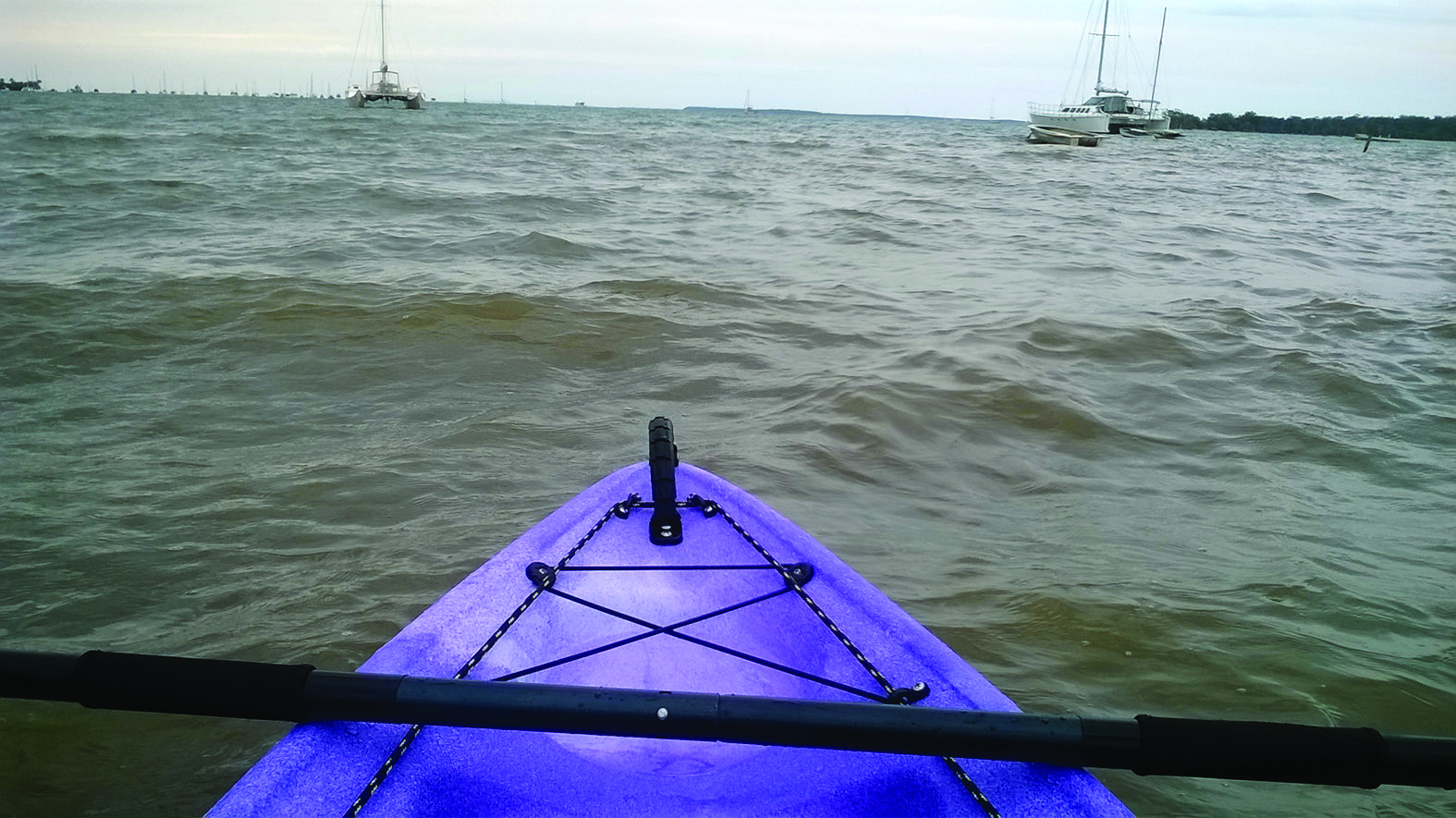
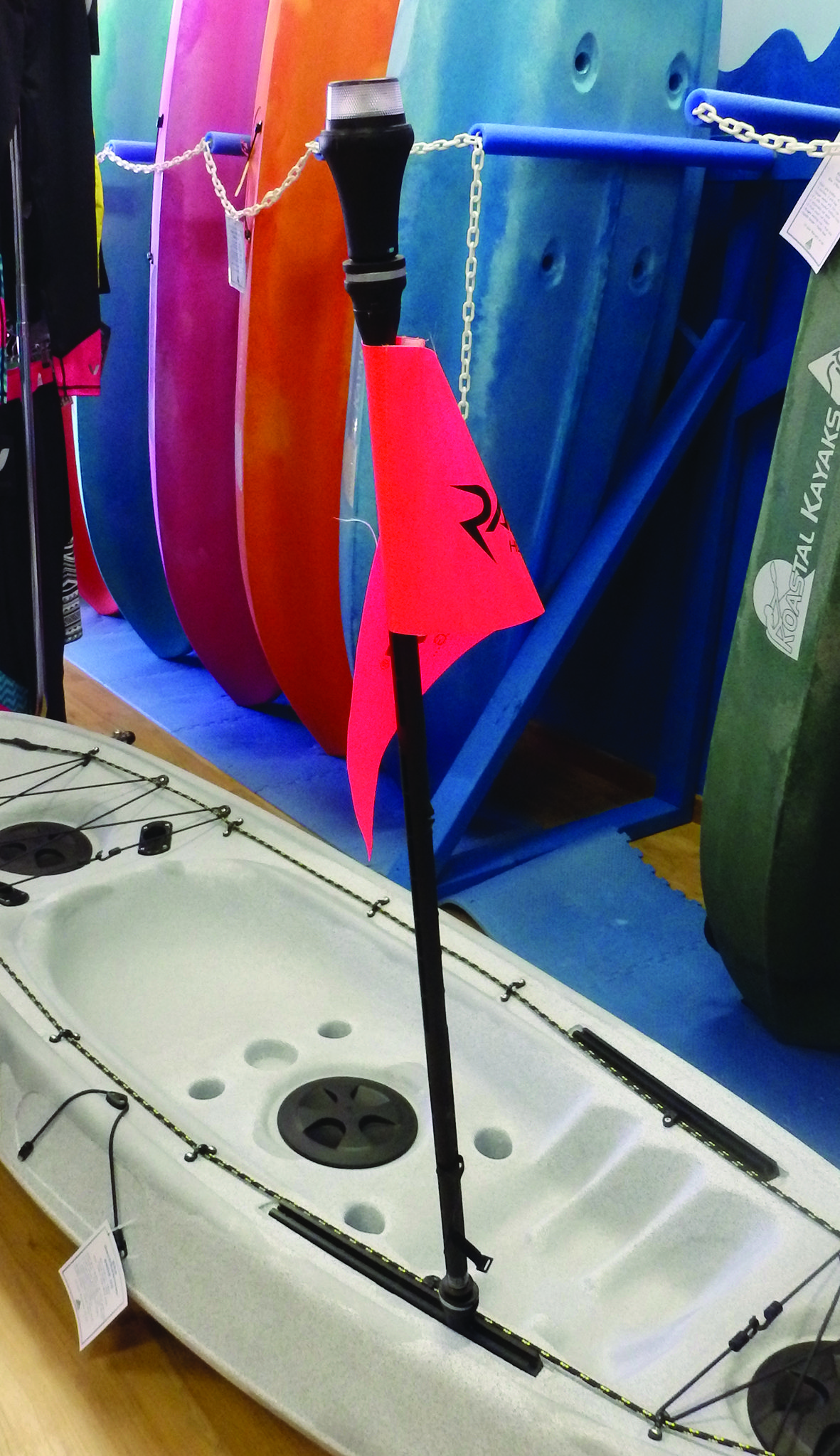
Now, without trying to state the obvious, make sure you check the weather forecast and tide times. The wind can whip the swell up in no time at all. Combine this with an opposing tide and things can quickly become downright dangerous. Consider these factors when planning your trip.
Where possible, try to start off paddling into the wind or tide and return with them at your back. This makes things a lot easier when you’re tired and heading home.
If you’re now thinking ‘what have I got myself into’, don’t despair, we’re on the home stretch. Now, it’s all about you and your abilities. Let’s be realistic, if you’ve been sitting on the couch for the past 20 years, don’t expect to paddle like an Olympian on your first trip out.
Kayaking can be strenuous and physically demanding. If you run out of steam you can literally be carried out to sea. If you start to feel tired, it’s definitely time to think about heading back.
Always make sure you tell someone where you are going and when you expect to return. Carry plenty of water and a phone or radio. Kayaking is a great sport and an excellent way to get out on the water but can be dangerous if you’re not careful.
Just keep these basic safety tips in mind and you will enjoy kayaking for many years to come. Stay safe and see you on the water.
 Bush ‘n Beach Fishing Magazine Location reports & tips for fishing, boating, camping, kayaking, 4WDing in Queensland and Northern NSW
Bush ‘n Beach Fishing Magazine Location reports & tips for fishing, boating, camping, kayaking, 4WDing in Queensland and Northern NSW

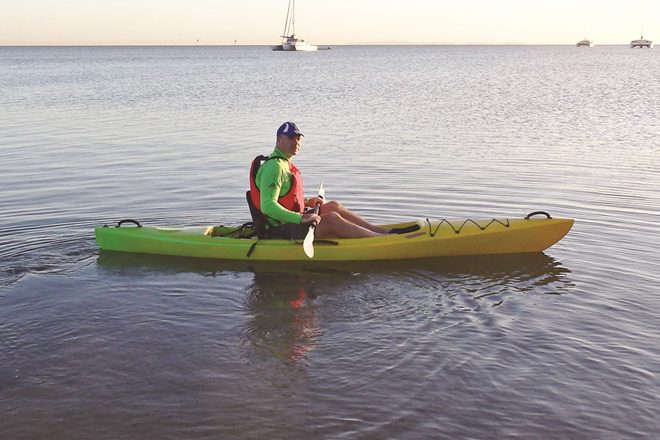





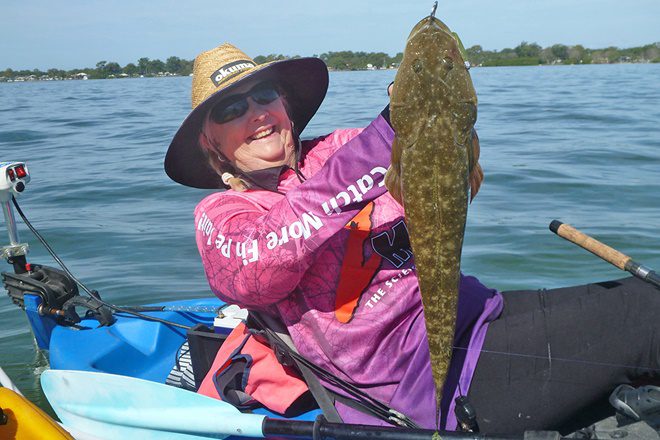
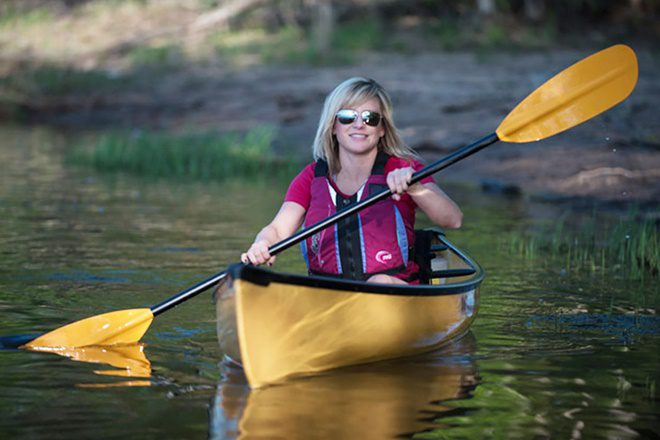
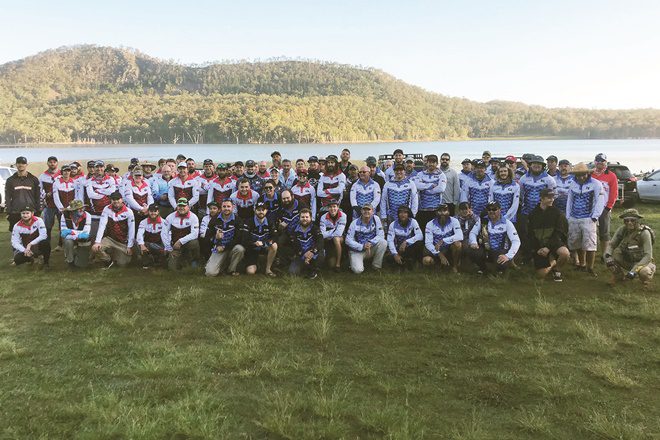
Thanks a lot for this valuable piece of information. I’m an organizer at a resort, and kayaking is one of the popular sports in here. I’ve seen that a lot of kayakers disregard the use of safety accessories while kayaking. They should know how important they are and how the right accessories can help them in times of need.
the safety equipment is more important for safety.